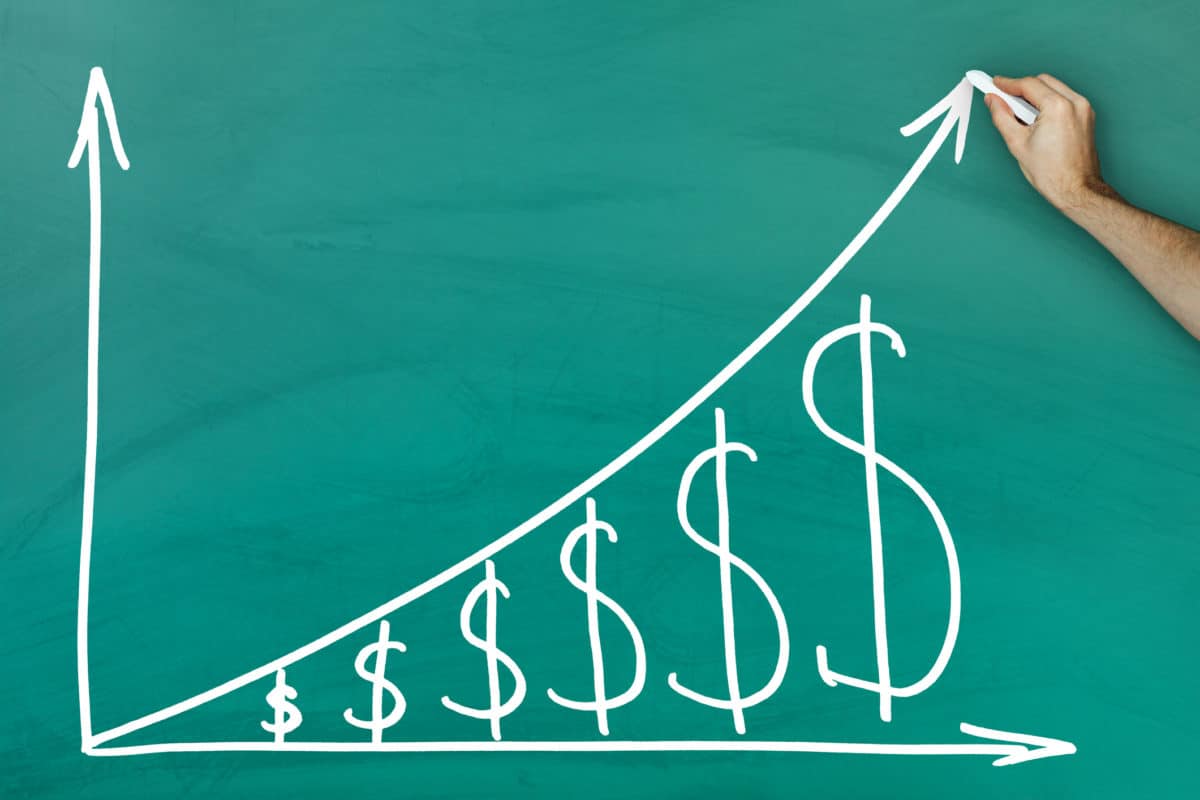The market is ripe to buy dividend seekers. Annual dividend yields of 6.5-9% are too lucrative to ignore. Such yields are available among Dividend Aristocrats with a history of growing dividends annually and giving inflation-adjusted passive income. Now is the perfect opportunity to invest $20,000 and secure up to $5,450 in annual dividends.
We won’t be solving any complex math equations here, just plugging and plotting three dividend stocks that have been making headlines.
Three dividend stocks to consider for a power passive-income portfolio
Two telcos and a pipeline company are worth considering for a powerful passive-income portfolio. While Telus (TSX:T) stock has fallen to its four-year pandemic low, BCE (TSX:BCE) has dipped to a 10-year low. Behind these bears is the brewing tension over a regulation that requires them to give competitors access to their fibre infrastructure at discounted prices. If the odds work in the telcos’ favour, their stock price could jump more than 20%, and they could sustain their dividend growth. Otherwise, their short-term dividend growth could slow or pause until they find more profitable business opportunities.
Enbridge (TSX:ENB), on the other hand, is well placed to enjoy stable dividends, a 3% dividend CAGR till 2026 and 5% from 2027. Now that we have discussed the risk and reward, it’s time to answer the pressing question.
What is better for passive income: Dividend growth or dividend yield?
| Stock | Dividend Yield | Share Price | Share Count | Total Dividend in 2024 | Dividend CAGR (2024-2034) | Total Shares (DRIP) in 2034 | Total Dividend in 2034 |
| Telus | 6.85% | $22 | 909 | $1,367.50 | 6% | 1638.2 | $4,413 |
| Enbridge | 7.48% | $45 | 408 | $1,555.50 | 3% (5% post 2026) | 890 | $5,107 |
| BCE | 8.95% | $44.59 | 448 | $1,783.53 | 3% | 1019.6 | $5,467 |
Suppose you invest $20,000 each in all three stocks on 30 April. This will buy more shares as they trade at their multi-year low, except Enbridge. Among the three, BCE has the highest yield of 8.95% and the lowest dividend growth of 3%. Telus has the highest dividend growth of 6% and the lowest yield of 6.85%.
If you were to invest in the dividend-reinvestment program (DRIP), your annual passive income would be highest in BCE, which has the highest yield.
Note that Enbridge has suspended its DRIP since November 2018. There is also the risk that BCE and Telus might suspend DRIP or pause their dividend growth. That is the risk a higher yield brings.
How do you convert $20,000 into $5,450 in annual passive income?
| Year | BCE Stock Price 3.2% CAGR* | Annual Investment | BCE DRIP Shares | BCE Share count | BCE Dividend per share (3% CAGR) | Total dividend |
| 2024 | $44.59 | $20,000.00 | 448.0 | 447.0 | $3.99 | $1,783.53 |
| 2025 | $46.02 | $1,783.53 | 38.8 | 485.8 | $4.11 | $1,996.32 |
| 2026 | $47.49 | $1,996.32 | 42.0 | 527.8 | $4.23 | $2,234.15 |
| 2027 | $49.01 | $2,234.15 | 45.6 | 573.4 | $4.36 | $2,499.93 |
| 2028 | $50.58 | $2,499.93 | 49.4 | 622.8 | $4.49 | $2,796.90 |
| 2029 | $52.20 | $2,796.90 | 53.6 | 676.4 | $4.63 | $3,128.67 |
| 2030 | $53.87 | $3,128.67 | 58.1 | 734.5 | $4.76 | $3,499.24 |
| 2031 | $55.59 | $3,499.24 | 62.9 | 797.4 | $4.91 | $3,913.12 |
| 2032 | $57.37 | $3,913.12 | 68.2 | 865.6 | $5.05 | $4,375.27 |
| 2033 | $59.20 | $4,375.27 | 73.9 | 939.5 | $5.21 | $4,891.26 |
| 2034 | $61.10 | $4,891.26 | 80.1 | 1019.6 | $5.36 | $5,467.27 |
In the best-case scenario, BCE sustains its 3% dividend growth and continues its DRIP. A $20,000 investment today will buy you 448 shares that could fetch $1,783 in annual dividends in 2024 at $3.99 per share. Assuming the share price grows at a 3.2% CAGR, every dividend will buy more DRIP shares, and your 1,019.6 shares can fetch you $5,467 in annual income by 2034 at $5.36 per share.
If BCE pauses dividend growth, the DRIP shares at the end of 2034 will reduce to 926 and give $3,694 in annual dividends at $3.99 per share. A dividend growth pause in Enbridge and Telus would fetch you $2,851 and $2,155 in annual dividends by 2034.
Investor takeaway
These are just rough projections of some scenarios and are bound to change with real-world development. The idea of this exercise was to determine which gives higher returns: higher yield or higher dividend growth. The answer is higher yield.









